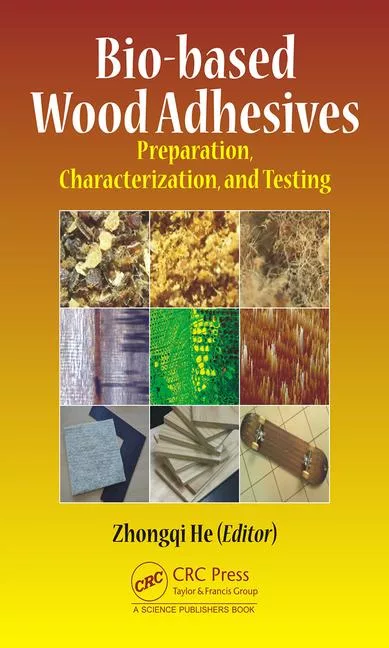Q&A About Polyurethanes
What type of raw materials should be considered in formulating products with a bio-based focus?
A definition of “bio-based” is a good starting point for this discussion.
A definition of “bio-based” is a good starting point for this discussion. The U.S. Department of Agriculture (USDA) defines bio-based products as those derived from plants and other renewable agricultural, marine, and forestry materials. Standardized tests have been developed (ASTM D 6866) to quantify the bio-based content of a product or a raw material. The USDA provides a Certified Biobased Product label to provide information to consumers about the bio-based content of a product.
Bio-based low-molecular-weight raw materials (e.g., polyisocyanates and polyols), as well as high-molecular-weight polymers, can be used to formulate a finished adhesive. The bio-based adhesives can be supplied as one- or two-component 100% solids formulations or in solvents or waterborne dispersions. These are the same classes of final products that can be manufactured from petrochemical-based feedstocks.
Bio-based low-molecular-weight diols, such as 1,4-butanediol (BDO) and 1,3-propanediol, are available. They can be used as chain extenders or to prepare polyester polyols. BDO can be made either by the fermentation of sugars or from bio-succinic acid using proprietary hydrogenation technology. The solvents tetrahydrofuran and g-butyrolactone can also be produced with the hydrogenation process. The bio-succinic acid starter is also produced via a fermentation process using renewable feedstocks from corn, wheat, cassava, rice, sugarcane, sugar beets and forest waste.
Polyesters based on succinic acid are potential alternatives to adipic acid polyesters. These polyester polyols can be made with an amorphous or crystalline backbone. A linear bio-based C18 diacid (octadecanedioic diacid) is useful for the production of crystalline polyester polyols for polyurethane reactive hot-melt applications. Dimer acids (C 36) are produced by dimerizing unsaturated fatty acids. They can serve as raw materials for the synthesis of amorphous polyester polyols with good low temperature performance.
A range of natural oil polyols (NOP) are derived from vegetable oils. Castor oil has been used for many years in polyurethane applications. It contains hydroxyl groups so it can be used directly as a polyol. Modified versions of castor oil are available with molecular weights ranging from 1,000-4,000. Natural oils are also available from many other bio-based sources, but they do not have hydroxyl functionality. Examples include linseed, soy bean, cotton seed, sunflower seed, canola oil, rapeseed oil, palm oil and coconut oil. Through chemical processes, they can be modified to produce isocyanate reactive functionality. Soy-based polyols have been produced with a range of functionality (~ 1.7-3.6) and equivalent weight (~ 150-1,500). These NOPs are very hydrophobic, so they contribute to improving the hydrolytic stability of the adhesive.
Polyurethane dispersions (PUDs) are a class of adhesive raw materials that continue to show a good growth profile. Bio-based dispersions containing bio-succinic acid with a renewable content of up to 65% are commercial. The variety of bio-based polyester polyol raw materials discussed previously can also be used to formulate PUDs.
A new polyisocyanate with the high renewable content of 70% has recently been introduced. Pentamethlyene diisocyanate (PMI) uses forage corn as the starting raw material. PMI is being sold as a low-viscosity trimer similar to products based on hexamethylene diisocyanate.
The number of bio-based products will assuredly grow as companies develop these products to become less dependent on fluctuations in the price of oil. Consumers are also starting to find value in the bio-based label, which will also lead to growth in this class of products. ASI
For additional information on the topics addressed or to ask another question, email jeff.dormish@covestro.com with the subject line “Polyurethane Q&A.”
Any views or opinions expressed in this column are those of the author and do not represent those of ASI, its staff, Editorial Advisory Board or BNP Media.
Looking for a reprint of this article?
From high-res PDFs to custom plaques, order your copy today!




